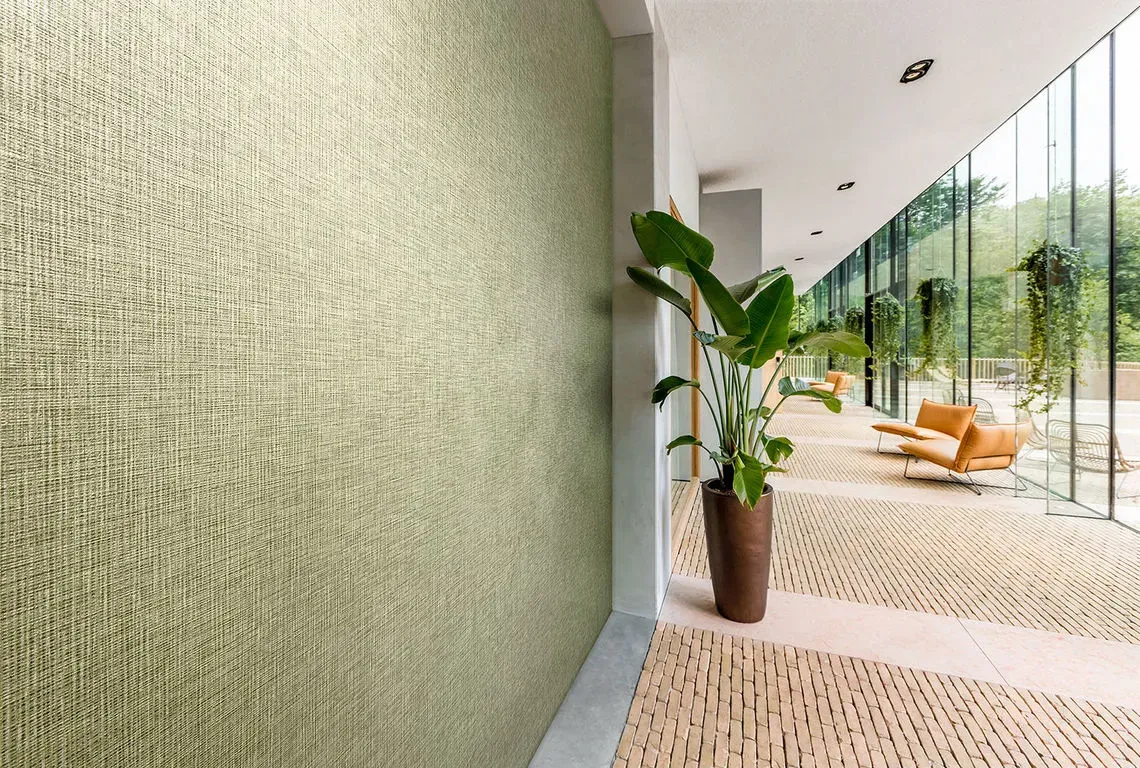Versatile Skirting Solutions for Modern Interiors and Enhanced Aesthetics
Flexible Skirting The Versatile Solution for Modern Interiors
When it comes to interior design, every detail counts – from the wall color to the flooring choice, and even the finishing touches that tie a room together. One often overlooked element is skirting, also known as baseboards. Traditionally, skirting serves a functional purpose, protecting the walls from furniture and cleaning tools. However, with the advent of new materials and designs, flexible skirting has emerged as a versatile solution for both aesthetic and practical needs in modern interiors.
What is Flexible Skirting?
Flexible skirting is a type of baseboard made from materials that allow for bending and adjusting to various surfaces. Unlike traditional skirting, which is typically rigid, flexible skirting can conform to curved walls, irregular floors, and complex architectural features. This adaptability makes it an ideal choice for residential and commercial spaces alike.
The materials used in flexible skirting range from PVC and polyurethane to rubber and silicone. Each of these materials offers unique benefits, including durability, ease of installation, and resistance to moisture. This variety ensures that homeowners and designers can select the best option to suit their specific needs and preferences.
Benefits of Flexible Skirting
1. Versatility in Design One of the most appealing aspects of flexible skirting is its versatility. It can be designed to mimic the look of traditional wood skirting or can be adapted into modern, sleek styles. This allows for a seamless integration into any design scheme, whether you're aiming for a contemporary aesthetic or a more classic look.
flexible skirting

2. Adaptable to Unconventional Spaces Many homes and commercial buildings feature non-standard shapes and flows. Flexible skirting can navigate these unique contours without leaving unsightly gaps or requiring significant modification. This ensures a clean and professional finish, even in the most challenging environments.
3. Easy Installation Flexible skirting is typically lighter and easier to handle than traditional skirting materials. This makes installation a quicker and more efficient process, often requiring less labor and time. Many flexible skirting options come with adhesive backing, further simplifying the installation process for DIY enthusiasts.
4. Low Maintenance The materials used for flexible skirting are generally durable and resistant to wear and tear. They can withstand impacts and are often resistant to water and stains, making maintenance a breeze. A simple wipe down is usually all that’s needed to keep them looking new.
5. Cost-Effectiveness While some may perceive flexible skirting as a niche product, it can actually be a cost-effective solution in the long run. Its durability means less frequent replacements, and its ease of installation can reduce labor costs. Additionally, the variety of materials available allows for a range of price points to suit different budgets.
Applications of Flexible Skirting
Flexible skirting has found its place in various environments. In residential spaces, it can be effectively used in areas with curved walls or unusual layouts, such as in round rooms or homes with unique architectural features. Commercially, retail spaces with custom displays and installations benefit from the adaptable nature of flexible skirting, allowing businesses to create dynamic environments without the limits imposed by traditional materials.
In conclusion, flexible skirting is proving to be an essential component for modern interior design. Its combination of versatility, ease of installation, and low maintenance makes it an ideal choice for both professionals and homeowners alike. As designers continue to push the boundaries of creativity in interior spaces, flexible skirting stands out as a practical yet stylish solution that meets the demands of contemporary living. Whether you’re renovating a home or designing a commercial space, considering flexible skirting might just be the finishing touch that elevates your project to the next level.
-
SPC Vinyl FlooringJul.18,2025
-
Home SPC FlooringJul.18,2025
-
Heterogeneous Sheet Vinyl: The Ultimate Commercial Flooring SolutionJul.15,2025
-
Dry Back LVT Flooring: A Durable and Stylish Flooring SolutionJul.15,2025
-
Click LVT Flooring: A Stylish and Convenient Flooring SolutionJul.15,2025
-
SPC FlooringJun.24,2025




